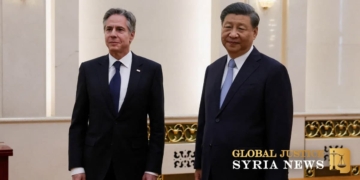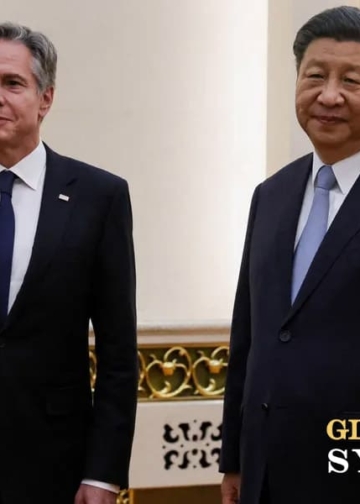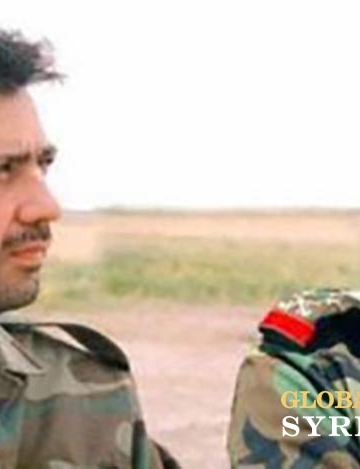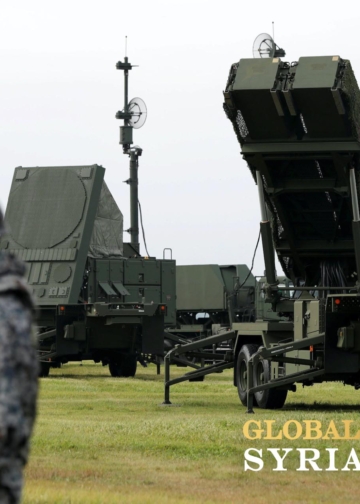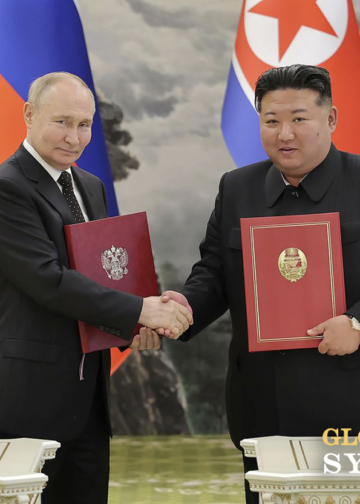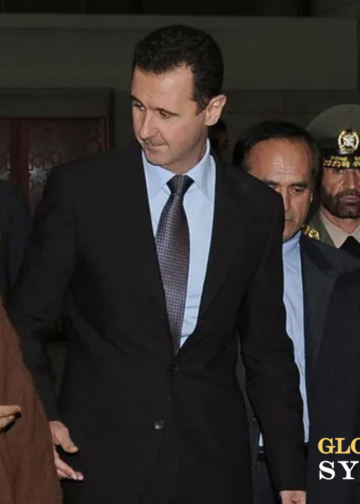The U.S. military is set to end its current mission against ISIS in Iraq by the close of 2026, transitioning to a new phase that will likely involve a significant reduction in American troop numbers but still maintain a continued military presence in the country. According to senior U.S. officials, the drawdown will occur in two phases, with the first phase expected to wrap up by September 2025. During this time, U.S. forces will withdraw from certain key locations, but the overall transition won’t mark a full departure of U.S. troops from Iraq.
The second phase, which extends through 2026, will focus on transitioning the U.S. military’s role from direct counter-ISIS operations to a bilateral security relationship with the Iraqi government. This shift means that while the mission formally ends, the U.S. will continue to assist Iraq in maintaining regional stability and combating the remnants of ISIS. It is expected that a small contingent of U.S. forces will remain in Iraq’s northern Kurdistan region to ensure continued support for counterterrorism operations, particularly those targeting ISIS in Syria.
Despite the planned reduction of troops, U.S. officials have not provided specific details on the number of forces that will remain or exactly how the transition will unfold. As of now, approximately 2,500 U.S. troops are stationed in Iraq, serving primarily in an advisory and support role to Iraqi security forces. These forces were initially sent to Iraq in 2014 at the invitation of the Iraqi government, after ISIS captured large parts of the country and neighboring Syria, creating an urgent need for international military intervention.
U.S. officials have emphasized that this transition reflects the maturation of Iraq’s security capabilities. Over the past decade, U.S. forces have trained and equipped more than 225,000 Iraqi security personnel and have provided over $4 billion in military aid to the country. This support has significantly bolstered the ability of Iraqi forces to defend their country against ISIS and other extremist threats.
A senior defense official highlighted that the original purpose of the U.S. mission in Iraq was always to support, not replace, Iraqi forces. As a result, the current transition is seen as a natural evolution of the mission. “We’ve seen very significant improvement in the Iraqi Security Forces’ capability,” the official said, noting that the coalition has seen progress over the past several years in terms of Iraq’s ability to ensure the enduring defeat of ISIS.
While ISIS has been largely defeated and no longer controls any significant territory in Iraq or Syria, the group remains a persistent threat, operating through scattered cells and sleeper agents. The U.S. withdrawal, therefore, is not being driven by the complete eradication of ISIS but by the recognition that Iraq’s security forces are now better equipped to handle the remaining threat. Nonetheless, the ongoing presence of a small number of U.S. troops, especially in the Kurdistan region, will likely be essential in supporting broader counterterrorism efforts across the region, including in neighboring Syria.
The decision to end the U.S. military’s direct involvement in Iraq also comes amid broader geopolitical challenges. Iraqi Prime Minister Mohammed Shia al-Sudani, who has close ties to Iran, has increasingly called for the U.S. to reduce its military presence in the country. These calls have been amplified by the activities of Iranian-backed militia groups operating within Iraq, which have been involved in attacks on U.S. military bases and personnel. Such tensions have made the continued U.S. military presence in Iraq a politically sensitive issue for the Iraqi government.
Despite the end of the formal military mission, Washington has made it clear that its relationship with Iraq will remain focused on security cooperation, but it will increasingly expand into areas like economic and diplomatic collaboration. U.S. officials stress that this is not a withdrawal in the traditional sense but rather a redefinition of the U.S.-Iraq partnership. “This is an evolution of the military mission in Iraq,” a senior Biden administration official said. “We are moving towards the type of productive, long-term security relationship the United States has with partners around the world.”
Concerns remain, however, about the implications of a U.S. withdrawal from Iraq. Critics have pointed out that any significant reduction in U.S. forces could leave a power vacuum, which Iran could exploit. Iran already exerts substantial influence over Iraqi politics and military groups, and a diminished U.S. presence could further tilt the balance in favor of Iranian interests in the region. Additionally, the withdrawal of U.S. forces from Iraq might complicate ongoing military operations in Syria, where approximately 900 U.S. troops are stationed to counter ISIS.
The broader regional security environment remains fragile, especially with the resurgence of ISIS attacks in parts of the Middle East. The situation in Afghanistan, where ISIS-K has carried out deadly attacks in recent years, has raised concerns that a similar resurgence could occur in Iraq or Syria if U.S. forces fully withdraw. To mitigate these risks, the U.S. plans to maintain a residual force to support Iraqi security forces and ensure that ISIS cannot regroup.
In sum, while the formal end of the U.S. military mission in Iraq marks the conclusion of nearly two decades of direct involvement, the future U.S. presence in the country will likely continue in some capacity, shifting toward a more traditional security partnership. The transition underscores the evolving nature of U.S. counterterrorism efforts in the region, as well as the delicate balance between maintaining regional stability and respecting Iraq’s sovereignty.





